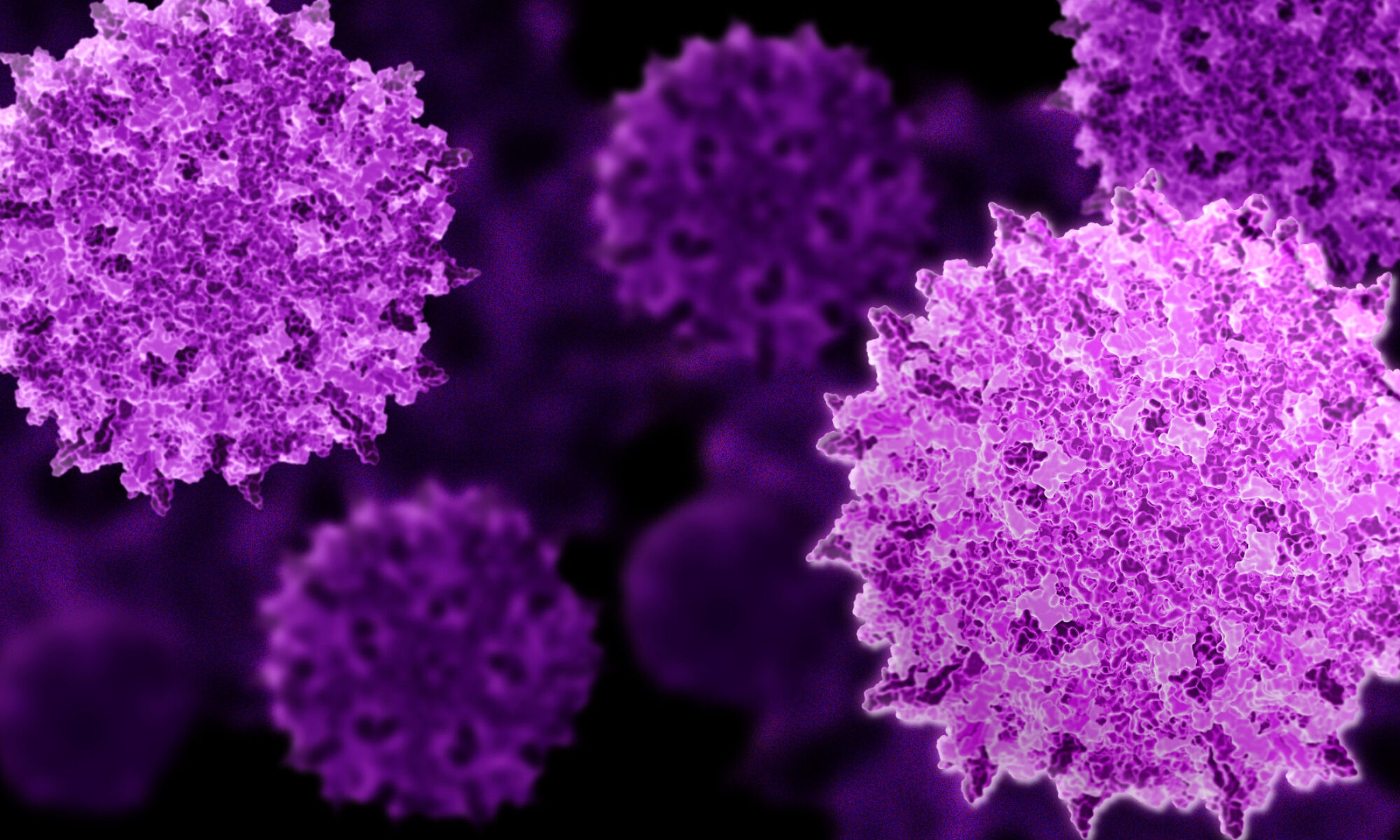Understanding the processes of viral life cycles in human cells is of great value for shedding light on the essence of viral pathogenicity and in combating viral disease. The highly evolved and specific features of viruses, providing means for viral infection and propagation, can either be therapeutically targeted in the context of viral diseases or on the contrary, be utilized as vehicles for therapeutic delivery.
As the Covid-19 pandemic emerged, our team started investigating characteristics of the SARS-CoV-2 infection mechanism while also finding ways to neutralize it. In one project, we have generated a toolbox of viral proteins displayed on the surface of mammalian cells where, for instance, the displayed SARS-Cov2 spike protein is currently being used to map the epitope of several spike protein binders.
At the same time we are using phage display of our Affibody library, ALBA, to select several binders to different epitopes of the spike protein. Currently, binders are being characterized and formatted into different multivalent variants with the potential of SARS-Cov2 neutralization.

In our lab, we are also interested in how viruses impact their cell host upon infection or during bioproduction of viral particles for therapeutic applications. By analyzing the cellular and transcriptional changes of cells in the presence of viruses, we aim to understand virus-related alterations impacting normal cell function, immunogenicity and viral release.
This knowledge can then guide our work on developing better-suited cell lines for the production of viral vectors and on generating more-targeted therapies. As adenoassociated viruses (AAVs) provide tremendous possibilities as vehicles for delivery of gene therapies to patients with common or rare genetic disorders with unmet medical needs, our team is part of the AAVnova project.
AAVnova is a joint collaboration between our team and the group of Veronique Chotteau (KTH), AstraZeneca, Vironova and Alfa Laval, aiming to improve the availability, efficacy and safety of gene therapies through the generation of a next generation platform for bioproduction of therapeutic AAV vectors. Within this center the focus of our research is on developing novel AAV vectors and tailored cell factories for improved bioproduction. We also aim to engineer AAV vectors for safe, novel and specific delivery of therapeutic genes.
